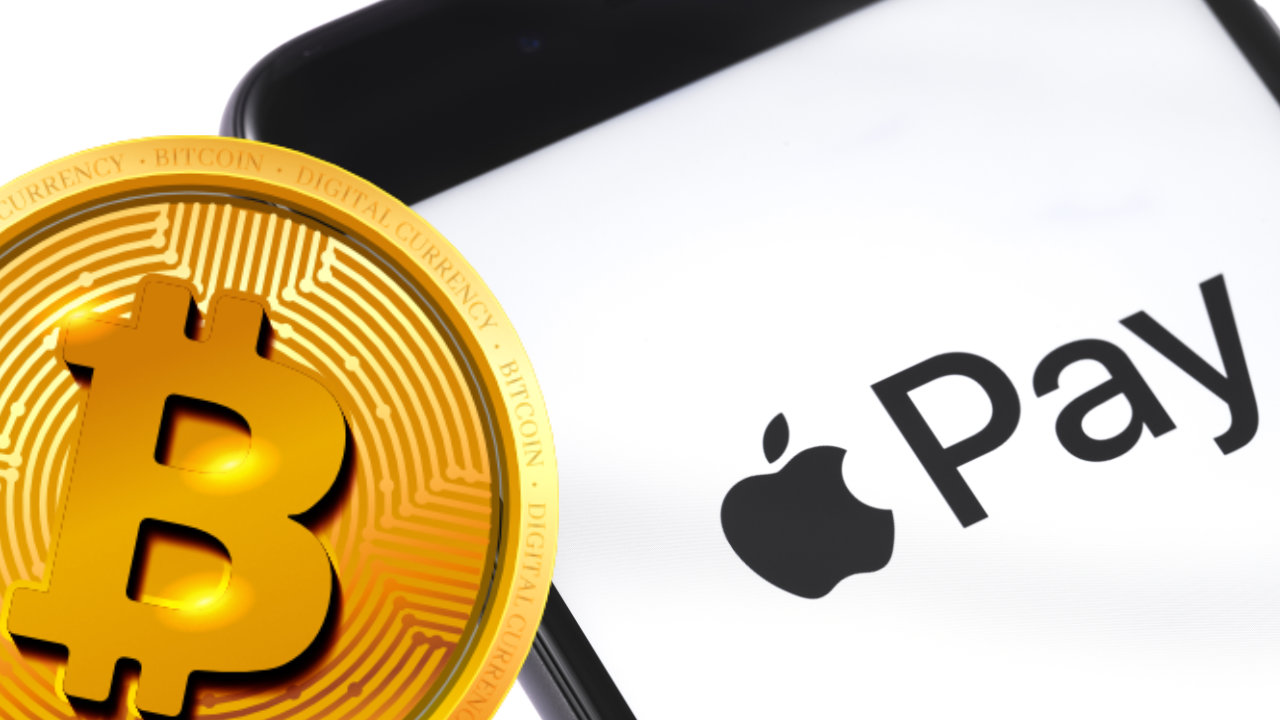
Cryptocurrency payment platforms are gradually making their way into mainstream e-commerce platforms and retail stores, yet they lag behind the seamless experience offered by Apple Pay. Stijn Paumen, CEO of the emerging crypto payments platform Helio, shared insights into the nascent industry during an exclusive interview with Cointelegraph.
Early Stages and Industry Challenges
Paumen describes a sector still grappling with its infancy, with blockchain technologies like Bitcoin and Ethereum unable to match the performance and user experience of established financial systems. “The real benchmark here is Apple Pay. How do you compete with a service that lets you pay with a tap of your phone in three seconds?” Paumen queried.
Despite these challenges, advancements are being made. Newer blockchain networks, including Solana, are addressing some of the performance gaps, though not without initial hiccups. Helio, co-founded by Paumen and CTO Jim Walker in March 2022, capitalizes on Solana’s high transaction speeds and rapid finality to enhance crypto payments.
Real-World Applications and Growth
Helio has made significant strides within the Solana ecosystem, including managing sales of 80,000 Solana mobile phones and integrating Solana Pay on Shopify and WooCommerce. The platform, which processes about $30 million in payments monthly, supports a variety of cryptocurrencies including Bitcoin, Solana, Solana-based USD Coin, SPL tokens, and Ethereum-based payments.
Despite these advances, the user experience for crypto payments often falls short compared to mainstream methods. Helio’s platform is still primarily geared towards Web3-savvy users and merchants. “If you have a Phantom wallet and know how to use it, our checkout process can be as fast as Apple Pay. But this assumes a level of crypto fluency that few possess,” Paumen admits.
The future of crypto payments, Paumen believes, lies in simplifying the onboarding process to attract a broader audience. This includes enhancing the user experience to the point where even those unfamiliar with cryptocurrency, like the hypothetical ‘crypto granny’, can effortlessly participate.
Potential for Broader Adoption
Looking ahead, Paumen envisions a future where systems like Apple Pay might utilize blockchain technology for settlements. However, he remains committed to the principles of decentralization. “The ability to send money globally without intermediaries, instantly and with low fees, is a powerful aspect of blockchain technology. We’re still at the early stages, but the fact that giants like Visa are partnering with platforms like Solana is a positive indicator,” he noted.
Paumen also sees potential in expanding crypto payments to streaming platforms such as Vimeo and OnlyFans, which could benefit greatly from the inherent utilities of cryptocurrency transactions.
As the industry evolves, the hope is that more consumers will begin using Web3 wallets and making payments in their preferred cryptocurrencies, gradually making crypto payments as commonplace and user-friendly as Apple Pay.
Featured image credit: Coingabbar via CoinMarketCap
